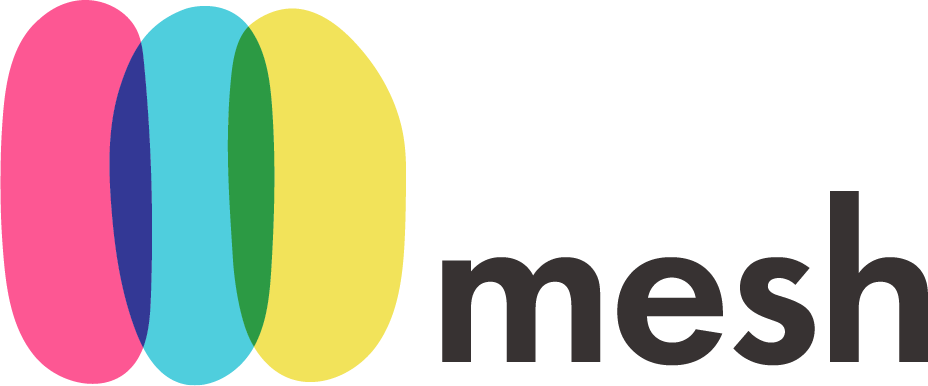How Community Advertising Helps Creators
The businesses that are present in a physical community both contribute to and reflect its character. For instance, the way a particular neighborhood or town feels as you stroll through it has a lot to do with the businesses — big and small — that are present there and the ways in which those businesses interact with their neighbors. Local businesses serve their communities by employing people, bringing people together, responding to local needs, and helping regional economies thrive. In turn, community members tend to pick their favorite local businesses and stay loyal to them… Once you find that salon that cuts your hair just how you like it, that corner store that carries the beer you like, or that pet store that donates a percentage of their sales to the local shelter, you’re going to stick with them, right?
At Mesh, we believe that this special relationship between communities and businesses in the ‘real world’ can and should be replicated in the digital ecosystem. Businesses should have to put in the work to actually serve online communities well. And, in turn, online communities should be loyal customers to the businesses that serve them best, add the most character and value to their communities, and most closely align with their morals. Because at Mesh we believe that life online is real life. The only difference is that, while the character of a physical community is shaped by the businesses that are located within its physical bounds, online communities are not geographically limited when it comes to expressing their values through brand partnerships… which means creators can ask any brand they love, regardless of its location, to become part of the social fabric of their community.
We call this model community advertising. Community advertising facilitates intentional, symbiotic relationships between brands and online communities. It couldn’t be more different from the icky surveillance advertising model the social giants use, which allows brands to prey on creators and their communities by extensively tracking and profiling them — and then serving them targeted ads based on their behavioral and relational history. Here are three reasons why the community ad model is so much more beneficial (and so much less creepy!) to creators than the surveillance ad model:
1. The community ad model pays creators.
Mesh is the only social media platform that shares in-feed ad revenue with creators. Creators get 60%, and Mesh gets 40%. If creators aren’t monetizing ads, neither is Mesh. Meanwhile, the social giants get rich using surveillance advertising, but creators don’t make a dime off the ads that show up next to their content.
2. The community ad model puts creators in control of brand partnerships.
Mesh empowers creators to choose what brands advertise to their communities. Essentially, this makes brands welcome members of the community instead of unwanted intruders. At a minimum, it gives creators enough ownership over their communities to ensure that that the ads showing up next to their content won’t be at odds with their values. For instance, ads for fast fashion brands won’t pop up in an environmental advocacy group. Beyond that, this model also gives creators the opportunity to direct their community’s attention and resources to brands that are particularly enriching or inspiring to them. They say you can vote with your wallet, but what if you could vote with your wallet plus the wallet of every person who follows you on social? Mesh allows creators to do just that. Because we think ads that make you feel like you have the power to come together and make the world a better place are sooo much better than ads that make you feel like your phone is stalking you.
3. The community ad model makes the creator economy more sustainable.
The social giants prioritize engagement above all else — because more engagement equals more money. They don’t care if the viral post of the moment is hateful, if it’s bigoted, or if it contains dis/misinformation. As long as it drives engagement, the algorithms favor it. Mesh understands that this is a wildly dangerous model — for humanity, first and foremost, but also for creators and communities whose longevity depends on their reputation. The inflammatory behavior that drives the most engagement is oftentimes the exact type of behavior that later gets creators canceled. That’s why Mesh’s economic model rewards a community’s reputation for trust and safety. This protects both communities and the brand safety of those who advertise to them by making hate and dis/misinfo bad for business. On Mesh, the platform, the advertisers, and the creators are all mutually accountable to one another, which is much more sustainable for creators than sensationalism in the long run.

